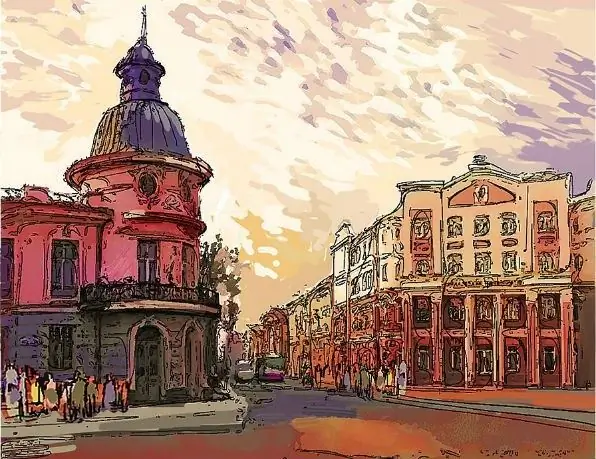Styling a photo for painting, followed by printing the image on canvas, is a very popular service in many framing workshops. However, you can cope with the processing of the photo yourself, this will allow you to save a lot.

Automatic styling with a plugin
One of the simplest programs for stylizing a painting is Virtual Painter. There are only a few control buttons built into its interface: the choice of the type of painting and the choice of material. Even with minimal settings, the processed photo looks like it was painted with a brush.
Because of this effect, the plugin is more suitable for stylizing landscapes and backgrounds. It is better to process portraits with a program with more variability.
Transforming into a painting using Photoshop filters
Consistent use of certain filters and settings in Photoshop will allow you to create an authentic masterpiece. Load the selected photo into the program by opening the "Hue / Saturation" window using the CTRL + U keys, set the value to 45.
Go to the filter gallery via the Filter tab. For a slight watercolor blur effect, apply the "Glass" filter and in its settings select the type of texture that is as close as possible to imitation of the canvas (Canvas). If you are not satisfied with the image, try lowering the Distortion and Smoothing values.
Working with layers
Create a new effect layer using the button located at the bottom of the filter gallery window. The Slanted Strokes filter recreates the most believable brush strokes with a minimum sharpness value and a stroke length of 3.
Repeat creating a new layer of effects and apply the "Oil paint" filter. The key settings for this layer are the size and type of the brush. Use a simple brush and reduce its size to 4, and reduce the Sharpness value until the strokes look natural and smooth.
You will need to create another layer of effects with the "Texturizer" filter assigned and the "Canvas" texture type selected. Adjust the scale of the texture to match the size of the original image. Confirm the application of all filters with the OK button.
To give clarity to the strokes, you will have to perform a few more manipulations. Use the shortcut CTRL + J to create a copy of the layer and use the Desaturate option from the Adjustments menu.
Next, apply the "Stylize" filter to the working layer, and in it the "Emboss" parameter. In the settings, reduce the "Height" value to one, and increase the "Effect" parameter to five hundred.
Set the blending type for the top layer to "Overlay", save the result and enjoy the look of a beautiful painting created by yourself from a regular photo.






